
Gexpress Is a Startup Dedicated to You. Shop With Confidence—Refunds Are Easy Through !

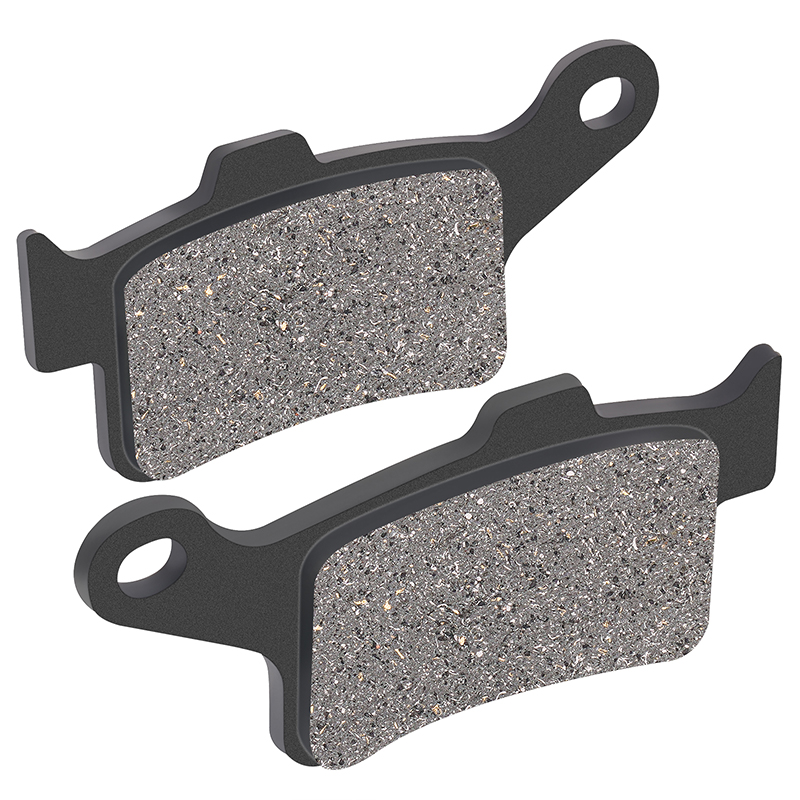
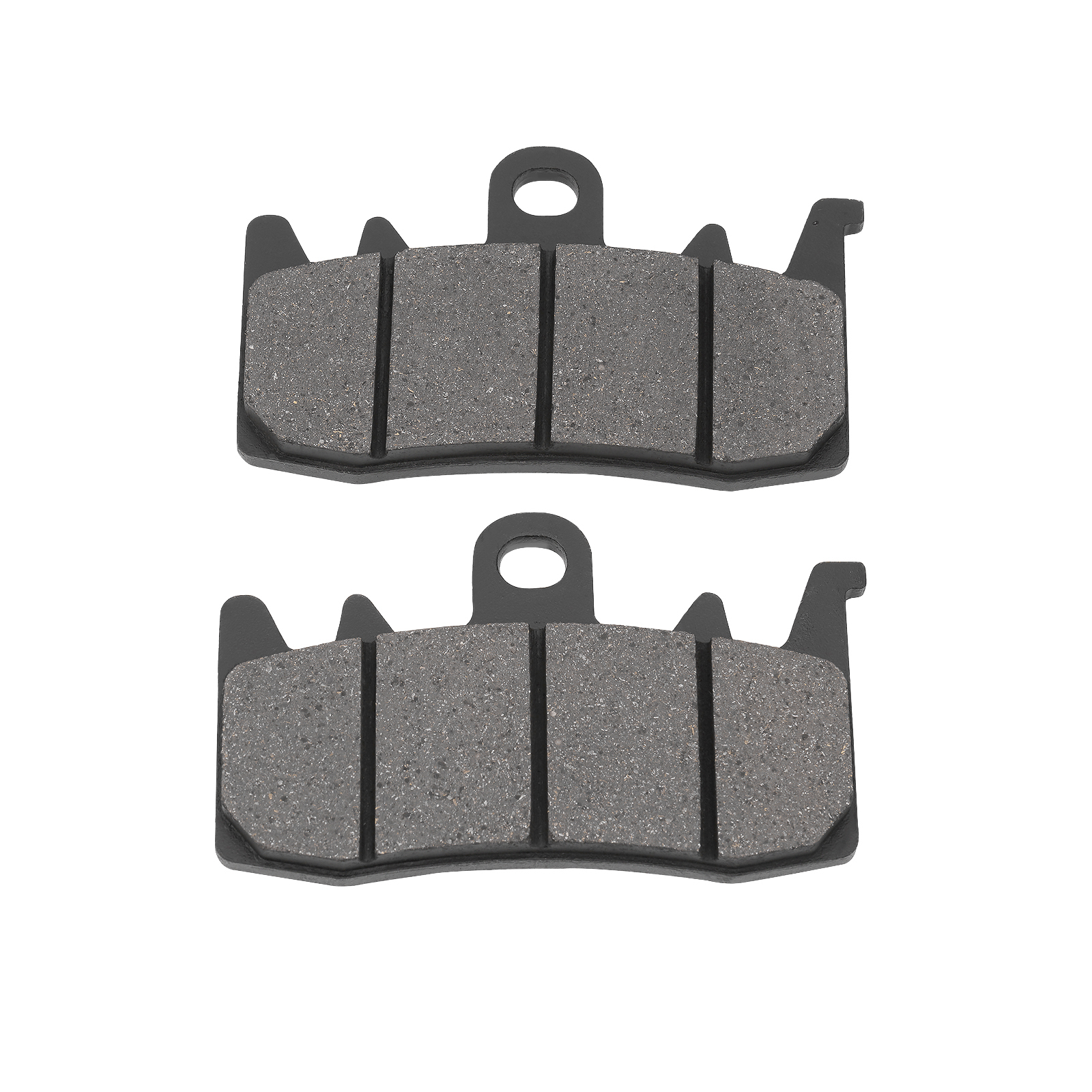
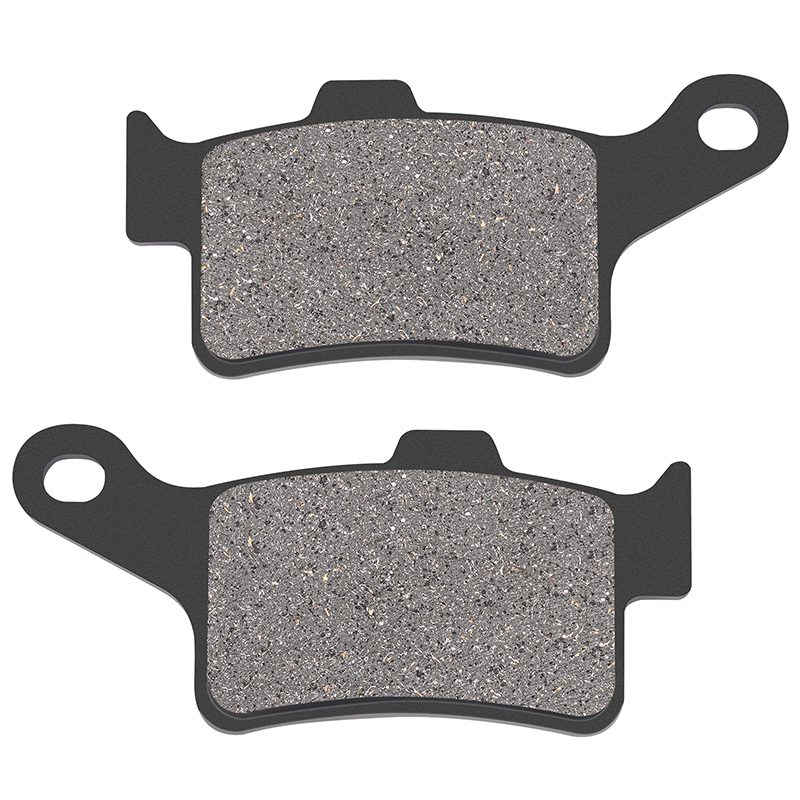

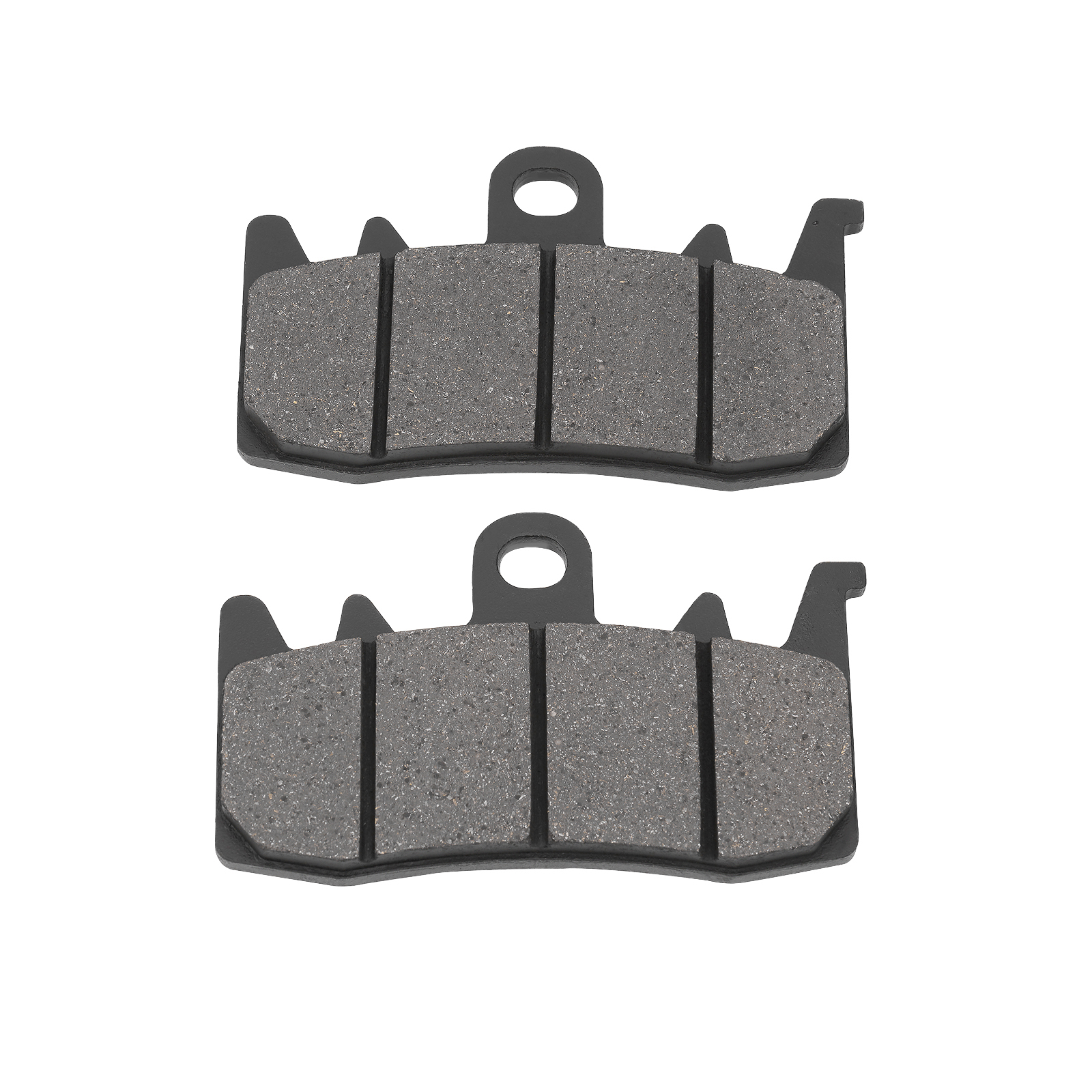
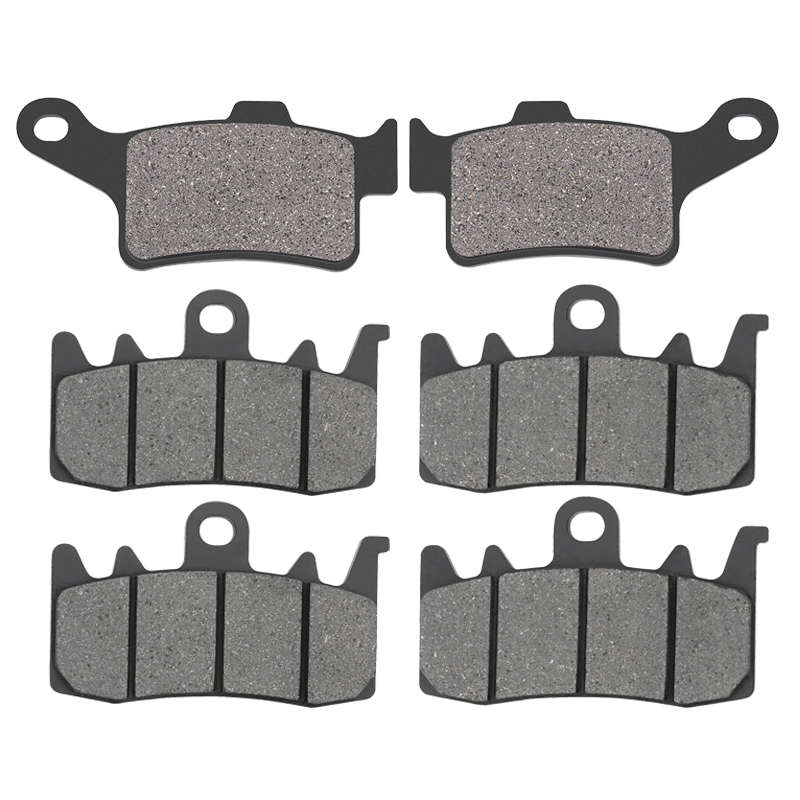

Product Installation Instructions for Compatible Front and Rear Brake Pads
Compatibility:
These brake pads are designed to fit a variety of models, including RS, RS-S, RT, ST, F3, LTD, and others, ensuring you can find the right replacement part.
Tools Required:
-
Jack and Jack Stands
- To lift the vehicle for safe access to the brakes.
-
Lug Wrench
- For removing the wheel bolts and tires.
-
Socket Set
- To remove the brake caliper bolts; typically requires a 10mm or 13mm socket (check your vehicle specifications).
-
Torque Wrench
- To ensure the caliper bolts are properly tightened to manufacturer specifications.
-
C-Clamp or Brake Piston Tool
- To compress the caliper piston for installation of the new brake pads.
-
Brake Cleaner
- For cleaning the brake components before installation.
-
Wire Brush or Sandpaper
- To clean the surfaces of the caliper and rotor.
-
Gloves and Safety Glasses
- To protect your hands and eyes during the installation process.
Installation Steps:
-
Safety First:
Ensure the vehicle is on a stable surface. Engage the parking brake and wear gloves and safety glasses. -
Lift the Vehicle:
Use the jack to lift the vehicle and place jack stands under the frame for safety. -
Remove the Wheel:
Use the lug wrench to unscrew the wheel bolts and remove the wheel to access the brake calipers. -
Remove the Brake Caliper:
Use the socket set to remove the bolts securing the brake caliper. Carefully slide the caliper off the brake rotor. -
Compress the Piston:
Use the C-clamp or brake piston tool to compress the caliper piston back into its housing so that the new pads will fit. -
Install New Brake Pads:
Remove the old brake pads from the caliper bracket and replace them with the new brake pads, ensuring they are properly aligned. -
Reinstall the Caliper:
Slide the caliper back over the rotor and newly installed brake pads. Secure it with the caliper bolts, ensuring they are tightened properly using a torque wrench. -
Reattach the Wheel:
Place the wheel back on and hand-tighten the lug nuts. Lower the vehicle back to the ground and then use the torque wrench to securely tighten the lug nuts. -
Repeat for Other Side:
If replacing both front and rear pads, repeat the steps on the other side. -
Test Brakes:
Before driving, pump the brake pedal a few times to seat the pads and ensure proper brake engagement.
By following these steps, you can successfully install your new compatible brake pads. Enjoy the enhanced braking performance and safety!
